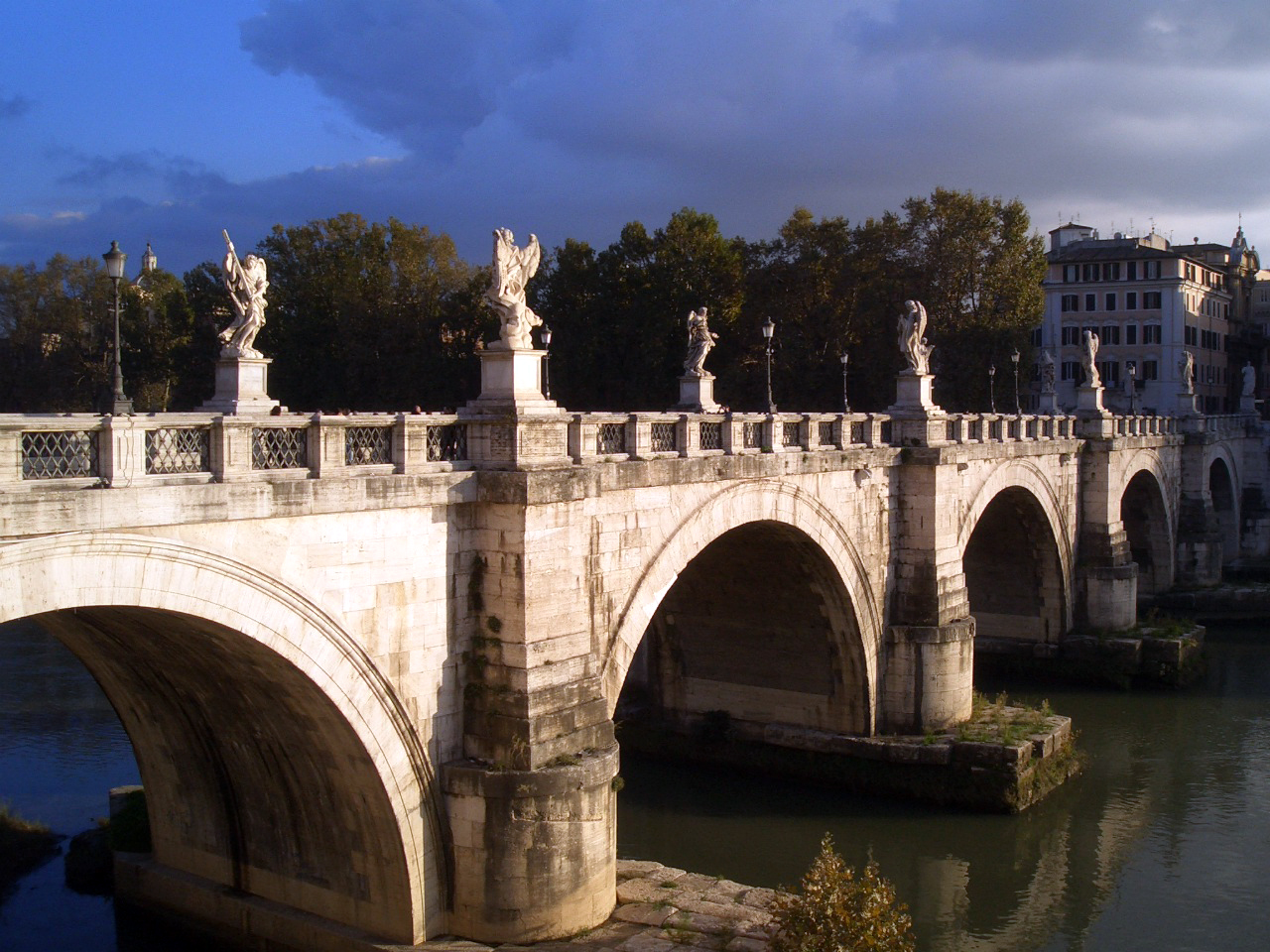|
Ponte De Segura
Segura Bridge is a Roman bridge connecting Segura, in Idanha-a-Nova, Portugal, to the Spanish municipality of Alcántara. The bridge was built over the Erges, Erges river, a tributary of the Tagus. It has five Arch bridge, arches; only two of the original Roman arches, the ones closer to both river banks, survive to this day, with the rest being added during reconstructions in the 16th and 19th centuries. The stonemason work done during the 1571 reconstruction of two of the arches is considered to be "barely distinguishable" from the original. See also * List of Roman bridges * List of bridges in Portugal References Sources * * * Further reading * * Bridges in Portugal Bridges in Castelo Branco District Roman bridges in Portugal, Segura {{Portugal-bridge-struct-stub ... [...More Info...] [...Related Items...] OR: [Wikipedia] [Google] [Baidu] |
Castelo Branco District
Castelo Branco District ( pt, Distrito de Castelo Branco ) is located in Central Portugal. Its capital is Castelo Branco, which is now also its most populous city, overtaking Covilhã, which was once the largest city, in the late 2010s. It has an area of (4th largest in Portugal), and a population of 225,916 inhabitants. Municipalities The district is composed of 11 municipalities: * Belmonte * Castelo Branco * Covilhã * Fundão * Idanha-a-Nova * Oleiros * Penamacor * Proença-a-Nova * Sertã * Vila de Rei * Vila Velha de Ródão Summary of votes and seats won in national elections since 1976 , - class="unsortable" !rowspan=2, Parties!!%!!S!!%!!S!!%!!S!!%!!S!!%!!S!!%!!S!!%!!S!!%!!S!!%!!S!!%!!S!!%!!S!!%!!S!!%!!S!!%!!S!!%!!S!!%!!S , - class="unsortable" align="center" !colspan=2 , 1976 !colspan=2 , 1979 !colspan=2 , 1980 !colspan=2 , 1983 !colspan=2 , 1985 !colspan=2 , 1987 !colspan=2 , 1991 !colspan=2 , 1995 !colspan=2 , 1999 !colspan=2 , 2002 !colspan=2 , 200 ... [...More Info...] [...Related Items...] OR: [Wikipedia] [Google] [Baidu] |
Roman Bridge
The ancient Romans were the first civilization to build large, permanent bridges. Early Roman bridges used techniques introduced by Etruscan immigrants, but the Romans improved those skills, developing and enhancing methods such as arches and keystones. There were three major types of Roman bridge: wooden, pontoon, and stone. Early Roman bridges were wooden, but by the 2nd century stone was being used. Stone bridges used the arch as their basic structure, and most used concrete, the first use of this material in bridge-building. History Following the conquests of Tarquinius Priscus, Etruscan engineers migrated to Rome, bringing with them their knowledge of bridge-building techniques. The oldest bridge in ancient Rome was the Pons Sublicius. It was built in the 6th century BCE by Ancus Marcius over the Tiber River. The Romans improved on Etruscan architectural techniques. They developed the voussoir, stronger keystones, vaults, and superior arched bridges. Roman arch ... [...More Info...] [...Related Items...] OR: [Wikipedia] [Google] [Baidu] |
Idanha-a-Nova
Idanha-a-Nova () is a town and surrounding municipality in the district of Castelo Branco, in east-central Portugal. A border municipality with Spain, the population of the municipality in 2011 was 9,716, in an area of 1416.34 km2, making it one of the largest and least densely populated municipalities in Portugal as well as the first Portuguese municipality by population ageing. King Alfonso II (1211-1223) confirmed its charter in 1219 renaming the village with the current place names (Idanha-a-Nova) to distinguish it from the old Idanha (hereinafter Idanha-a-Velha), 18 kilometers away. The municipal holiday is the Monday 15 days after Easter. The incumbent mayor is Armindo Moreira Palma Jacinto, representing the Socialist Party. History There are numerous prehistoric vestiges of human occupation throughout the municipality of Idanha-a-Nova (Idanha "the new"), such as menhirs and tapirs. The Romans had an important influence, namely in the civil parishes of Monsanto, Id ... [...More Info...] [...Related Items...] OR: [Wikipedia] [Google] [Baidu] |
Alcántara
Alcántara is a municipality in the province of Cáceres, Extremadura, Spain, on the Tagus, near Portugal. The toponym is from the Arabic word ''al-Qanṭarah'' (القنطرة) meaning "the bridge". History Archaeological findings have attested human presence in the area from the Bronze Age; the first historical inhabitants were the Lusitanians, followed by the Celts, who came from east to the Pyrenees. To this period, and to the following Roman domination, belong remains of several ''castra'' (military camps), villas and the bridge which gives its name to the city. The Roman rule lasted from the 2nd century BC to the 5th century, when they were replaced by the Visigoths. In the 8th century, the Moors conquered the Iberian Peninsula and called it Al-Andalus, ending four centuries of Visigothic presence in what is now Spain, France, Portugal and Gibraltar. In the 12th century the Muslim geographer al-Idrisi described the bridge as one of the world's marvels. In the 12th-13th ce ... [...More Info...] [...Related Items...] OR: [Wikipedia] [Google] [Baidu] |
Tagus
The Tagus ( ; es, Tajo ; pt, Tejo ; see below) is the longest river in the Iberian Peninsula. The river rises in the Montes Universales near Teruel, in mid-eastern Spain, flows , generally west with two main south-westward sections, to empty into the Atlantic Ocean in Lisbon. Its drainage basin covers – exceeded in the peninsula only by the Douro. The river is highly used. Several dams and diversions supply drinking water to key population centres of central Spain and Portugal; dozens of hydroelectric stations create power. Between dams it follows a very constricted course, but after Almourol, Portugal it has a wide alluvial valley, prone to flooding. Its mouth is a large estuary culminating at the major port, and Portuguese capital, Lisbon. The source is specifically: in political geography, at the Fuente de García in the Frías de Albarracín municipality; in physical geography, within the notably high range, the Sistema Ibérico (Iberian System), of the Sier ... [...More Info...] [...Related Items...] OR: [Wikipedia] [Google] [Baidu] |
Arch Bridge
An arch bridge is a bridge with abutments at each end shaped as a curved arch. Arch bridges work by transferring the weight of the bridge and its loads partially into a horizontal thrust restrained by the abutments at either side. A viaduct (a long bridge) may be made from a series of arches, although other more economical structures are typically used today. History Possibly the oldest existing arch bridge is the Mycenaean Arkadiko Bridge in Greece from about 1300 BC. The stone corbel arch bridge is still used by the local populace. The well-preserved Hellenistic Eleutherna Bridge has a triangular corbel arch. The 4th century BC Rhodes Footbridge rests on an early voussoir arch. Although true arches were already known by the Etruscans and ancient Greeks, the Romans were – as with the vault and the dome – the first to fully realize the potential of arches for bridge construction. A list of Roman bridges compiled by the engineer Colin O'Connor featur ... [...More Info...] [...Related Items...] OR: [Wikipedia] [Google] [Baidu] |
List Of Roman Bridges
This is a list of Roman bridges. The Romans were the world's first major bridge builders. The following list constitutes an attempt to list all known surviving remains of Roman bridges. A Roman bridge in the sense of this article includes any of these features: *Roman arches *Roman pillars *Roman foundations *Roman abutments *Roman roadway *Roman cutwaters Also listed are bridges which feature substantially Roman material (spolia), as long as the later bridge is erected on the site of a Roman precursor. Finally, incidences where only inscriptions lay testimony to a former Roman bridge are also included. In the following, bridges are classified either according to their material or their function. Most data not otherwise marked come from O’Connor's ''Roman Bridges'', which lists 330 stone bridges for traffic, 34 timber bridges and 54 aqueduct bridges. An even larger compilation of more than 900 Roman bridges (as of 2011) is offered by the Italian scholar Galliazzo, who is ... [...More Info...] [...Related Items...] OR: [Wikipedia] [Google] [Baidu] |
List Of Bridges In Portugal
This list of bridges in Portugal lists bridges of particular historical, scenic, architectural or engineering interest. Road and railway bridges, viaducts, aqueducts and footbridges are included. Historical and architectural interest bridges Major road and railway bridges This table presents the structures with spans greater than 100 meters (non-exhaustive list). {{row indexer, {, class="wikitable sortable" , - ! class="unsortable", ! scope=col , ! scope=col , Name ! scope=col , Span ! scope=col , Length ! scope=col width="115" , Type ! scope=col width="115" , Carries''Crosses'' ! scope=col , Opened ! scope=col , Location ! scope=col , District ! class="unsortable", Ref. , - , , , _row_count, , 25 de Abril Bridge, , {{convert, 1013, m, ft, abbr=on, , {{convert, 3173, m, ft, abbr=on, , {{Sort, S, Suspension2 levels steel truss deck, steel pylons2x100+483+1013+483+99, , {{center, A2 motorway European route E1IP7 Linha do Sul''Tagus'', , 1966, , Lisbon–Almada{{Coord, 38 ... [...More Info...] [...Related Items...] OR: [Wikipedia] [Google] [Baidu] |
University Of Castilla–La Mancha
The University of Castilla–La Mancha (UCLM) is a Spanish university. It offers courses in the cities of Albacete, Ciudad Real, Cuenca, Toledo, Almadén and Talavera de la Reina. This university was recognised by law on 30 June 1982, and began to operate three years later. Overview The current University of Castilla–La Mancha is not the key educational institution in the region. Centuries ago, the University of Sigüenza, until the late 15th century, and the Pontifical and Royal University College of Santa Catalina of Toledo, originating precisely at the end of that same century, were already offering educational activities in the region. The University is also the partner of College of Law in Wroclaw. Campuses and faculties The campuses operate on a decentralised basis, although the main governing body is located in Ciudad Real, which coordinates the other centres. University courses are taught at all four locations. The Albacete campus houses Faculties of Medicine, Econom ... [...More Info...] [...Related Items...] OR: [Wikipedia] [Google] [Baidu] |
Google Books
Google Books (previously known as Google Book Search, Google Print, and by its code-name Project Ocean) is a service from Google Inc. that searches the full text of books and magazines that Google has scanned, converted to text using optical character recognition (OCR), and stored in its digital database.The basic Google book link is found at: https://books.google.com/ . The "advanced" interface allowing more specific searches is found at: https://books.google.com/advanced_book_search Books are provided either by publishers and authors through the Google Books Partner Program, or by Google's library partners through the Library Project. Additionally, Google has partnered with a number of magazine publishers to digitize their archives. The Publisher Program was first known as Google Print when it was introduced at the Frankfurt Book Fair in October 2004. The Google Books Library Project, which scans works in the collections of library partners and adds them to the digital inve ... [...More Info...] [...Related Items...] OR: [Wikipedia] [Google] [Baidu] |
Consejo Superior De Investigaciones Científicas
The Spanish National Research Council ( es, Consejo Superior de Investigaciones Científicas, CSIC) is the largest public institution dedicated to research in Spain and the third largest in Europe. Its main objective is to develop and promote research that will help bring about scientific and technological progress, and it is prepared to collaborate with Spanish and foreign entities in order to achieve this aim. CSIC plays an important role in scientific and technological policy, since it encompasses an area that takes in everything from basic research to the transfer of knowledge to the productive sector. Its research is driven by its centres and institutes, which are spread across all the autonomous regions. CSIC has 6% of all the staff dedicated to research and development in Spain, and they generate approximately 20% of all scientific production in the country. It also manages a range of important facilities; the most complete and extensive network of specialist libraries, and ... [...More Info...] [...Related Items...] OR: [Wikipedia] [Google] [Baidu] |


.jpg)
_Bridge_2011.jpg)

.jpg)

